2024 IoT And Smart Device Trends: What You Need to Know For The Future
10 November 2023
By the end of 2024, there are projected to be more than 207 billion devices connected to the worldwide network of tools, toys, devices and appliances that make up the Internet of Things (IoT).
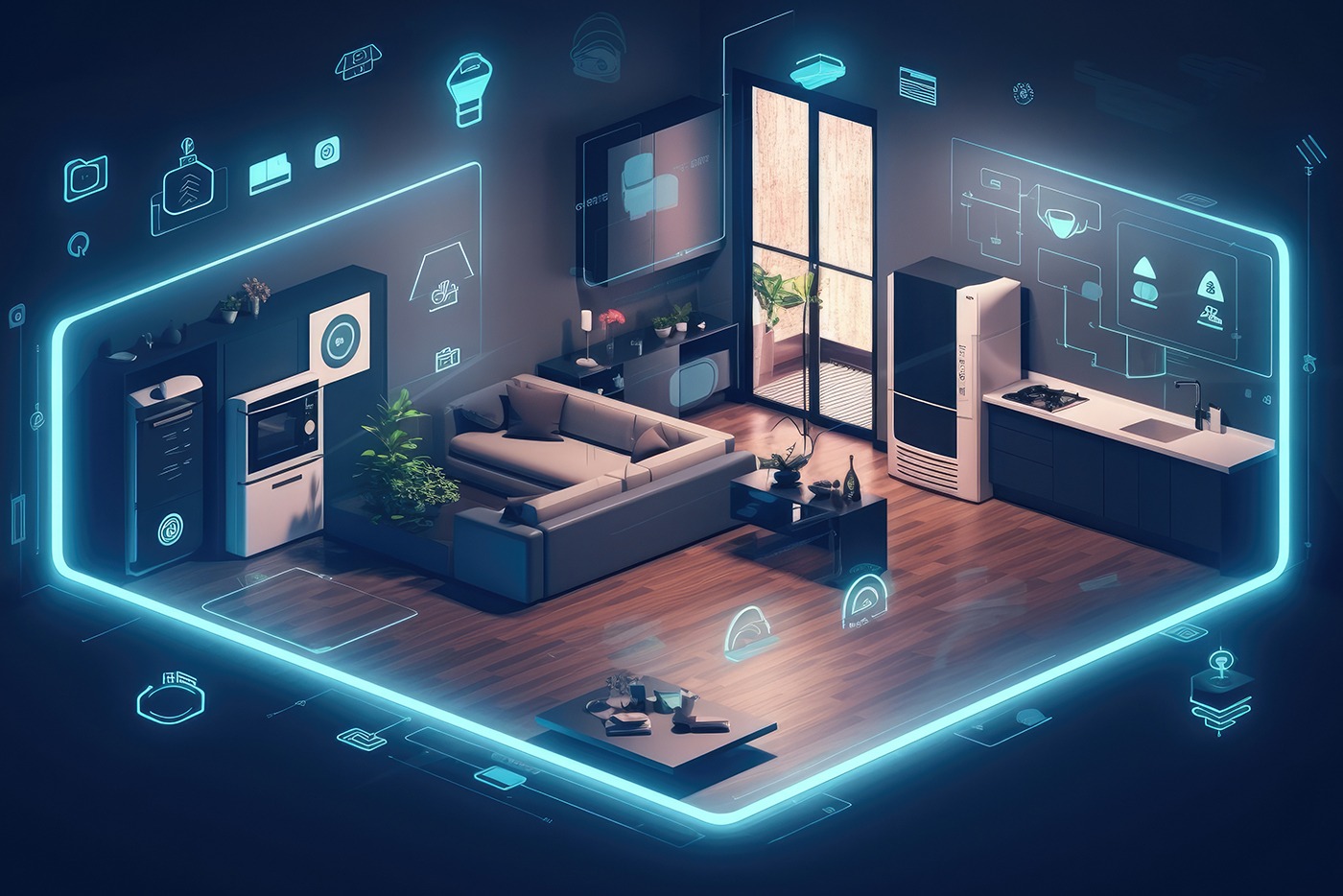
An ever-growing number of them will not be computers or smartphones – as everything from toothbrushes to heavy industrial machinery is brought online. Increasingly, they will be smart devices augmented with artificial intelligence (AI) and capable of making autonomous decisions.
Businesses around the world have unlocked the benefits of IoT in recent years, and as individuals, we’re getting used to a greater variety of wearables and everyday connected products in our lives. This is a trend that certainly won't slow down during 2024 as the distinction between the physical and the digital continues to be broken down.
IoT Security And Privacy
The more devices that are connected to your network, the more potential doors and windows there are for attackers to sneak in through. With AI-powered cyber-attacks expected to pose a growing threat in 2024, ensuring devices can be kept secure, particularly in an age of remote and distributed workforces, will be a key trend. For businesses in the age of digital and AI, maintaining the trust of customers and workforces is an essential priority, meaning security and privacy must be at the top of the agenda when building networks of smart devices and connected technology.
IoT In Healthcare
In healthcare, IoT devices can remotely monitor patients as well as assist doctors with making diagnoses, collecting data for research purposes and in the development of new treatments. As society adapts to an aging population, solutions such as virtual hospitals, where patients remain at home but are monitored electronically from a central location, will be critical to managing the change. In 2024, we will also start to see generative AI used alongside connected healthcare devices to turn patient data into natural language reports and analyses. The value of the IoT healthcare market has been predicted to grow to around $150 billion this year, on its way to reaching a valuation of $289 billion by 2028.
AI-Augmented IoT (AIOT) And Convergence
We call devices connected to the IoT smart, but usually, we mean connected. Increasingly, though, we are seeing IoT technology converging with systems and devices capable of making decisions and answering questions using AI and machine learning. Just as with people, having thousands of intelligent devices all connected and attempting to carry out their tasks alongside each other is likely to lead to arguments. Developing protocols to enable intelligent devices to play nicely (and share data safely) will be a priority for industry in 2024. This exciting convergence will also almost certainly continue to bring us interesting gadgets, toys and gizmos!
Generative AI In Wearables
Generative AI, and specifically large language models, will become a common addition to the wearable devices we use in 2024. Smartwatches and fitness trackers augmented by this technology are already hitting the market, enabling them to act as personal assistants or fitness coaches. For consumers, this could spell the end for regular (non-generative) AI assistants like Siri and Alexa on wearables.
Edge Computing Meets AI And 5G
Edge Computing refers to devices that analyze data close to the source where it’s captured instead of sending it to a centralized server such as a cloud service for storage and analysis. As data volumes grow, so does the need to extract insights as quickly as possible so action can be taken more quickly and the cost of transmitting noisy raw data to the cloud can be reduced.
Autonomous vehicles serve as a great example of edge devices, as they need to interpret data from cameras to spot hazards in the road without having to send it to the cloud and wait for insights to be sent back. In 2024, the ongoing rollout of 5G networks will make Edge computing viable for many new applications, while AI integration will make edge devices smarter and more autonomous. This is likely to lead to a spike in adoption and innovative new use cases.
Retail IoT
IoT has been widely adopted across retail, where it takes the form of inventory systems, footfall tracking, automated checkouts, and RFID marketing devices and beacons.
Not every initiative is a success – Amazon closed some of its famous contactless stores in 2023; however, it also implemented pay-by-palm elsewhere, indicating that its experiments with IoT in retail are far from finished.
Across the board, spending on IoT in retail is expected to increase from $28.14 billion to $177.9 billion by 2031. This will be driven by retailers increasingly recognizing smart devices as essential for understanding and improving customer experiences.
Sustainable IoT And The Circular Economy
In 2024, moving towards sustainability and reusability has to be a priority for us all. There are a number of ways we can expect to see IoT technology used to achieve this aim. IoT sensors are increasingly used to monitor heat efficiency and energy use in buildings to identify where savings and efficiencies can be made. It will be used to optimize inventory, delivery and supply chains to ensure resources are used efficiently when storing or distributing products. It can help determine whether products are being sustainably disposed of or reused, where possible, by monitoring waste and recycling infrastructure. And to optimize traffic flow in urban areas to improve air quality.
Vehicle-To-Vehicle (V2V) Communications
Automobile manufacturers in 2024 look to v2v communications to reduce accidents and maintenance costs while also lowering the carbon footprint of journeys. Cars share their position, speed and direction of travel, as well as data such as hazards they detect, with other vehicles in their vicinity. This allows driving to be optimized in order to reduce vehicle wear and tear and emissions and cut journey times. For autonomous or connected cars, these many eyes networks will prove more effective than relying on the limited vision of one vehicle. Vehicle-to-infrastructure communication, where cars connect to sensors embedded in roadside items such as traffic lights and pedestrian crossings, will also be a growing area of investment.
IoT And Digital Twins
Digital twins are virtual models of any object or system, from tiny components to cities or even the human brain. They are used to accelerate research and testing by enabling simultaneous, super-fast experiments, drastically reducing costs and time. IoT technology enhances the realism of these models by ensuring they are built on accurate real-world data. For example, a digital twin of a city can capture real-time data on people and vehicle movements via cameras and roadside sensors to optimize infrastructure planning. 2024 will see digital twins deployed across increasingly diverse and innovative use cases – many of them enabled by IoT.
Brain-Computer Interfaces
Perhaps the ultimate in wearables will be devices that attach to our bodies and are capable of reading our brain signals, meaning they can be controlled by thought alone. This might still seem very futuristic and far-fetched today, and it probably isn’t anything that most of us will be directly engaged with for some time to come. But it’s something we’ll hear more and more about in 2024 as experiments and trials by companies like Elon Musk’s Neuralink stir up excitement and products leveraging the technology begin to appear.
Related Articles
The UK’s Bold AI Plan: A Blueprint For Leading The Future Of Technology
By now, “smart” versions exist of just about every home appliance, gadget and gizmos we can think of. However, manufacturers continue[...]
Will AI Solve The World’s Inequality Problem – Or Make It Worse?
We are standing on the cusp of a new technological revolution. AI is increasingly permeating every aspect of our lives, with intelligent machines transforming the way we live and work.[...]
How You Become Irreplaceable In The Age Of AI
In a world where artificial intelligence is rapidly advancing, many of us are left wondering: Will AI take our jobs?[...]
Why Apple Intelligence Sets A New Gold Standard For AI Privacy
In the rapidly evolving world of artificial intelligence, privacy concerns have become a hot-button issue.[...]
Can Your Device Run Apple Intelligence? What You Need To Know
Apple's announcement of Apple Intelligence has sent waves of excitement through the tech world.[...]
10 Amazing Things You Can Do With Apple Intelligence On Your IPhone
Apple Intelligence is poised to revolutionize the iPhone experience, offering a suite of AI-powered tools that promise to make your digital life easier, more productive, and more creative.[...]
Sign up to Stay in Touch!
Bernard Marr is a world-renowned futurist, influencer and thought leader in the fields of business and technology, with a passion for using technology for the good of humanity.
He is a best-selling author of over 20 books, writes a regular column for Forbes and advises and coaches many of the world’s best-known organisations.
He has a combined following of 4 million people across his social media channels and newsletters and was ranked by LinkedIn as one of the top 5 business influencers in the world.
Bernard’s latest book is ‘Generative AI in Practice’.

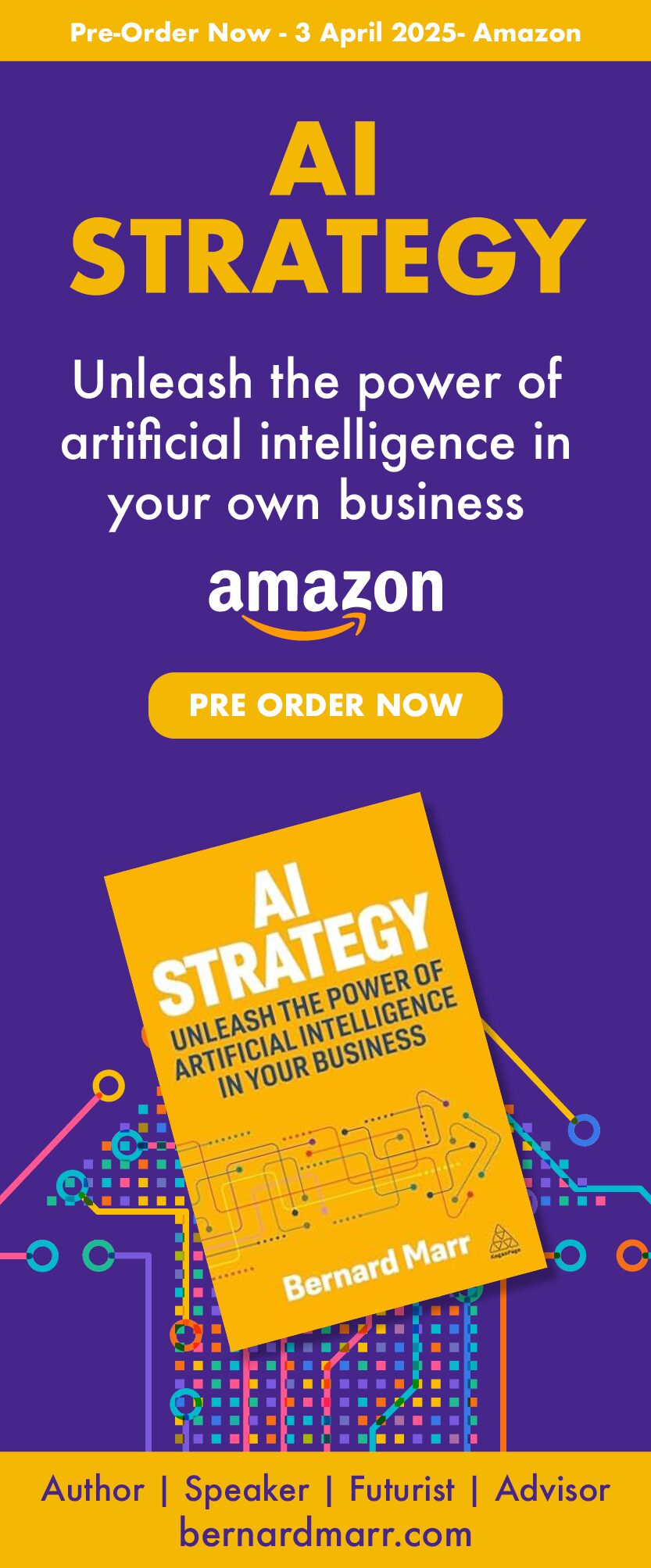


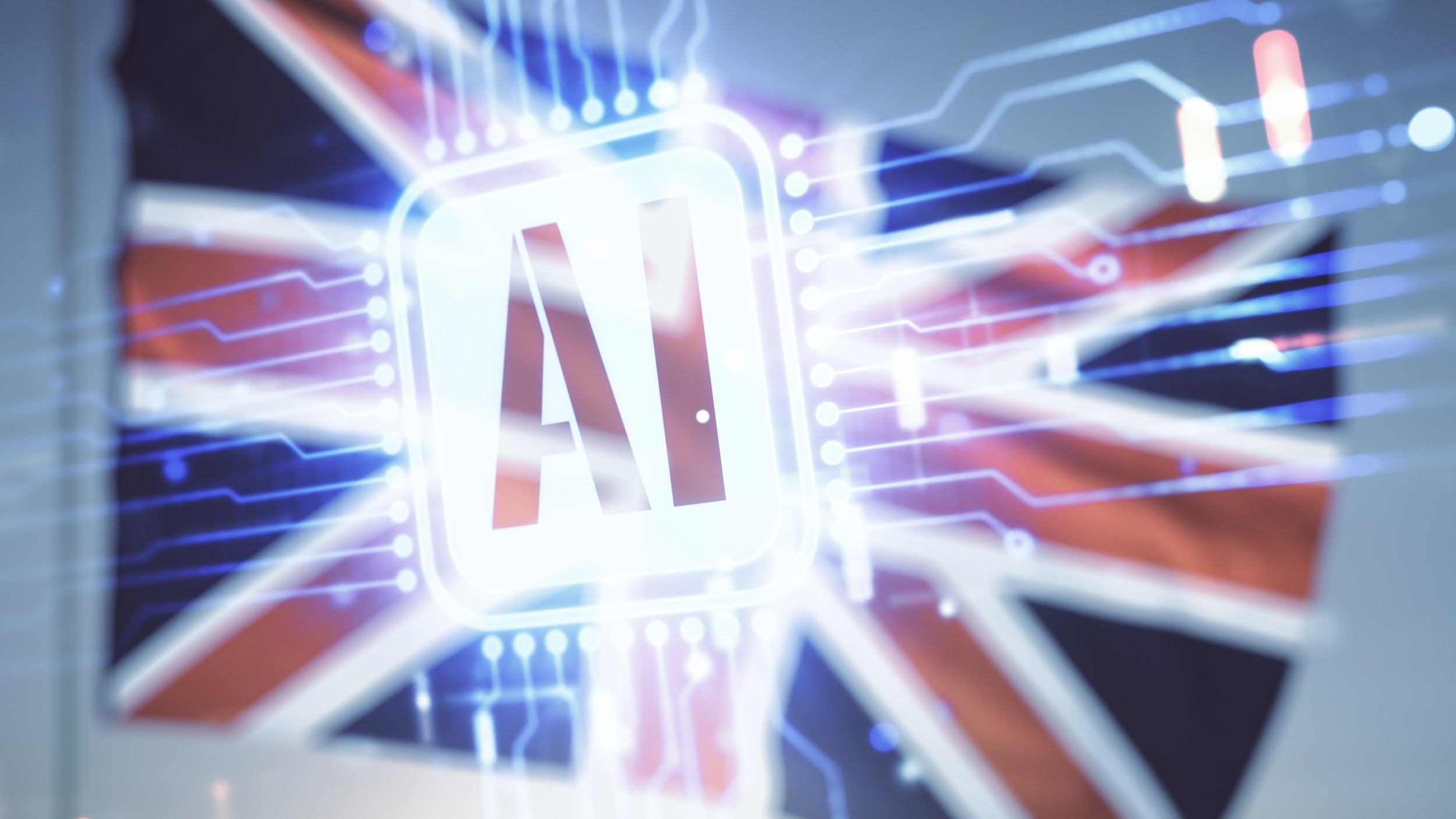



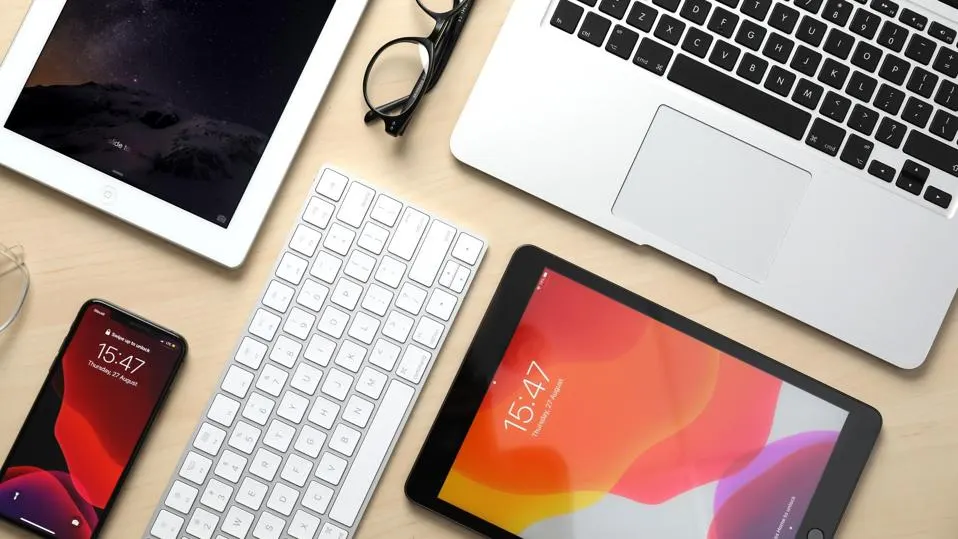
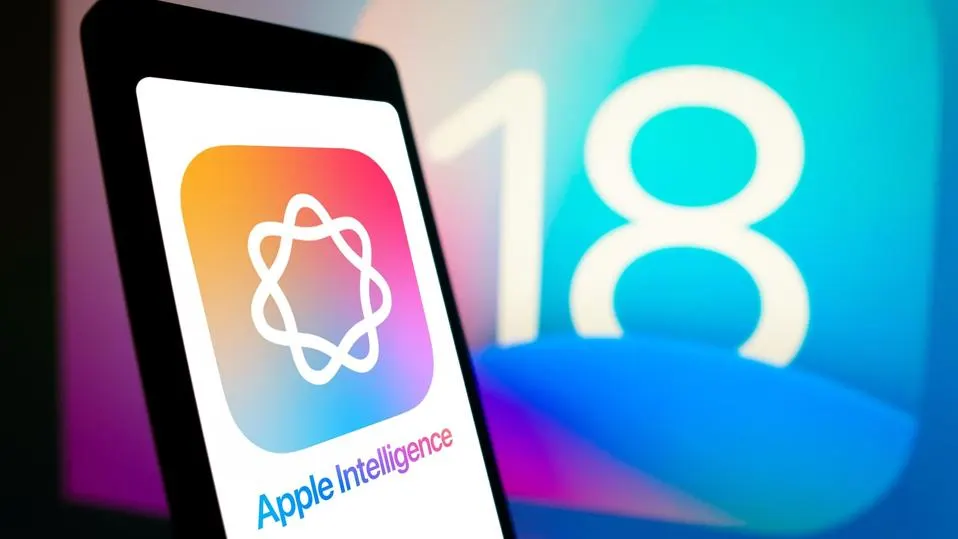
Social Media